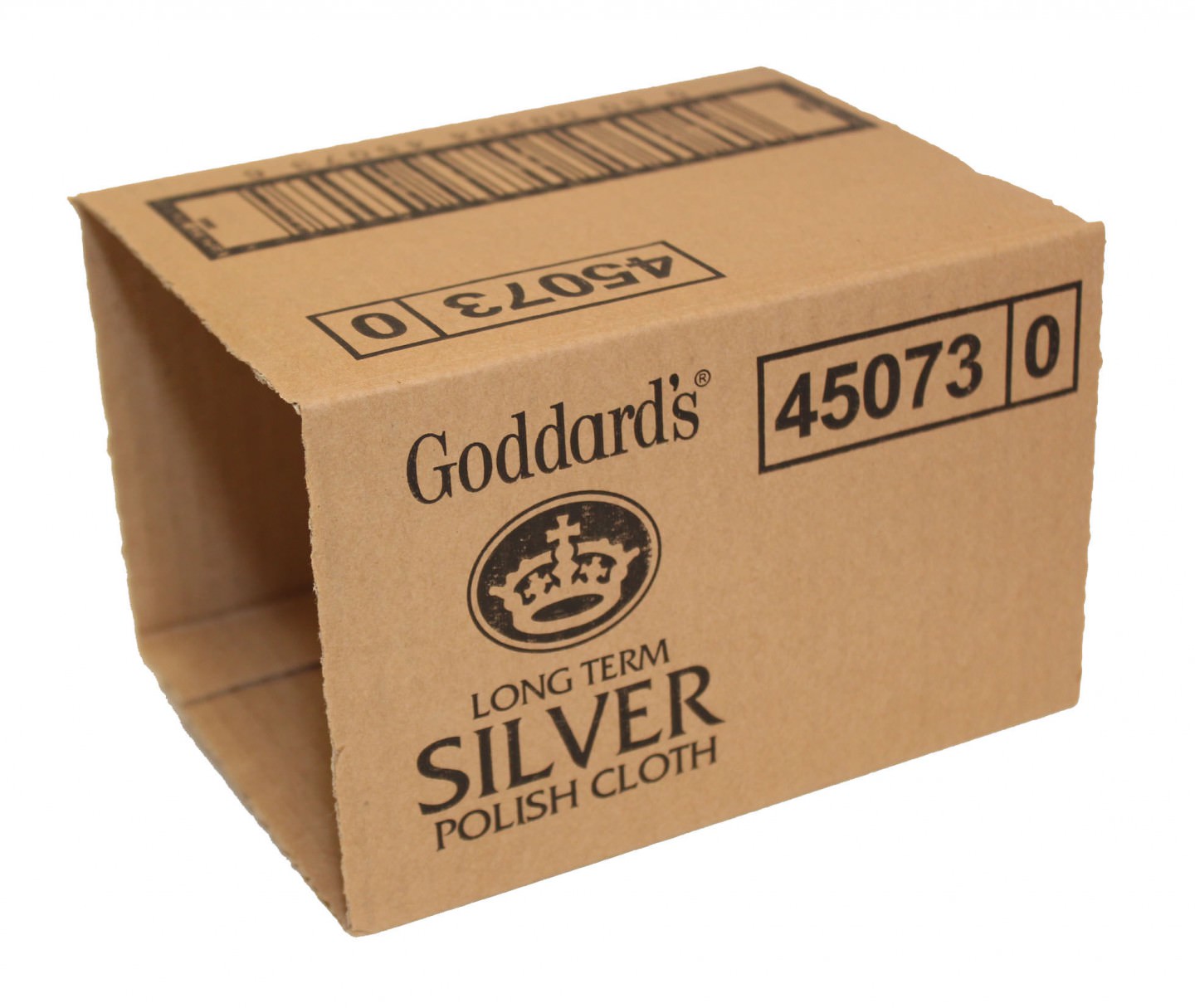Investing in an eco-friendly image for your brand is win-win. Lessen your impact on the environment by reducing waste, pollution and CO2 emissions, cut costs and increase the perceived value of your products.
According to WRAP, 10 million tonnes of packaging are used every year in the UK. With a little more thought in the design process, it’s possible to reduce the amount of packaging you use and keep as much as possible out of landfill.
Reusable
One of the best ways to make your packaging more environmentally friendly is to make it reusable. This gives the packaging a longer life and can help avoid more raw materials being used. Resealable food containers are a good example. Resealable bags can be used to keep the original contents fresh, or repurposed as a container for something else.
If you’re sending goods by post, resealable or reusable packaging can help customers return unwanted items easily. Postal packaging is also widely reused by people sending their own items.
Recycled and Recyclable
While admittedly easier for some products than others, using recyclable packaging should be your first thought if you’re looking to go green. Virtually all paper-based boards can be recycled, even if they’ve been printed on or laminated. Most plastics can be recycled too, including polythene, CPP and OPP.
It’s also possible to make your packaging from recycled materials, creating a closed loop system where raw materials are continuously reused.
Sustainable
Sometimes it isn’t possible to use recycled materials. In these cases, the next best thing is to use sustainable ones. This board can be sourced from FSC® managed forests. This means the trees are replanted or allowed to regrow and that wildlife and local communities are protected.
Plastics can even be manufactured from sustainable materials like corn starch.
Degradable
Another solution to help lessen the environmental impact of packaging is to use degradable or biodegradable materials. Some can be composted by customers at home, while others will naturally decay in the ground or when exposed to moisture or light.
Even plastics can be designed to break down. Some, such as cellulose acetate, are naturally biodegradable, while others have additives to give them that property. Polythene and cast polypropylene can be made to degrade when exposed to heat, stress and light over a period of time.
Lightweight
One of the simplest ways to reduce your impact on the environment is to use less packaging. Products need a certain amount to protect them and attract the consumer, but with clever design it’s possible to use fewer raw materials. This process is known as ‘lightweighting’.
This packaging is usually cheaper to manufacture and transport and means less waste ends up in landfill.
The Manufacturer
The packaging itself isn’t the only thing that has a potential impact on the environment. Ensure your manufacturer has a solid environmental policy in place, is reducing its own waste and is keeping carbon emissions to a minimum.
Even small details like the type of ink used in the packaging make a difference – water and vegetable-based inks are more eco-friendly than petroleum-based versions, which release volatile organic compounds.
Protect the environment and build a better relationship with customers at the same time. We design, manufacture and supply green packaging for a huge range of products and industries. Contact us for details.